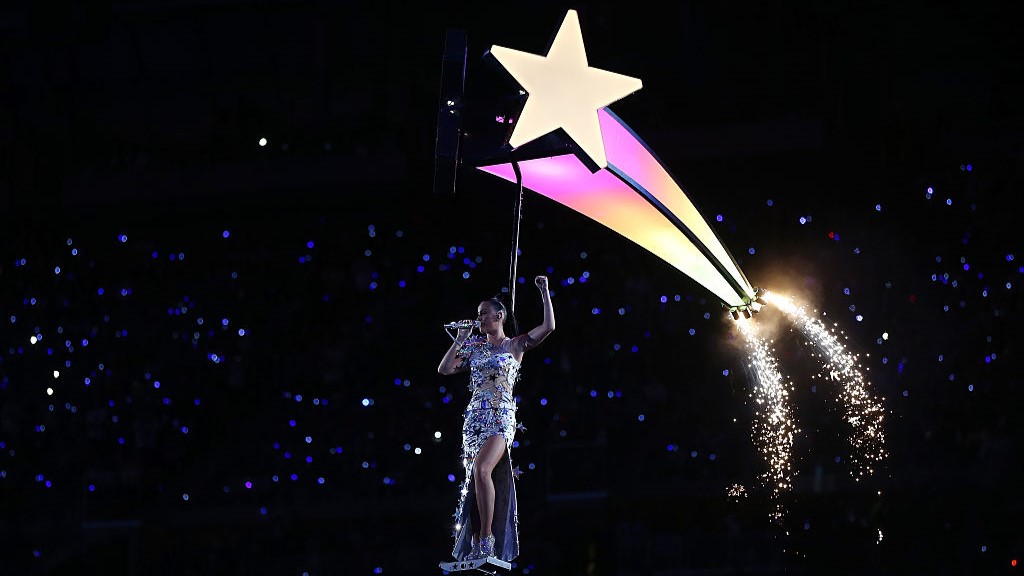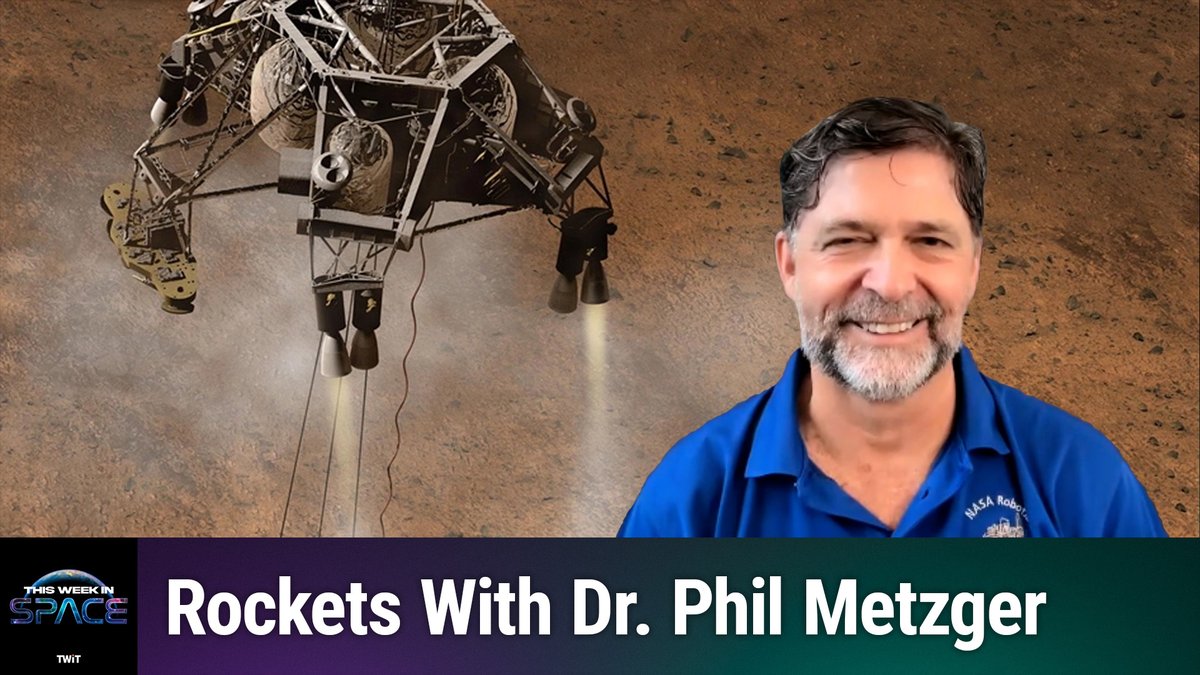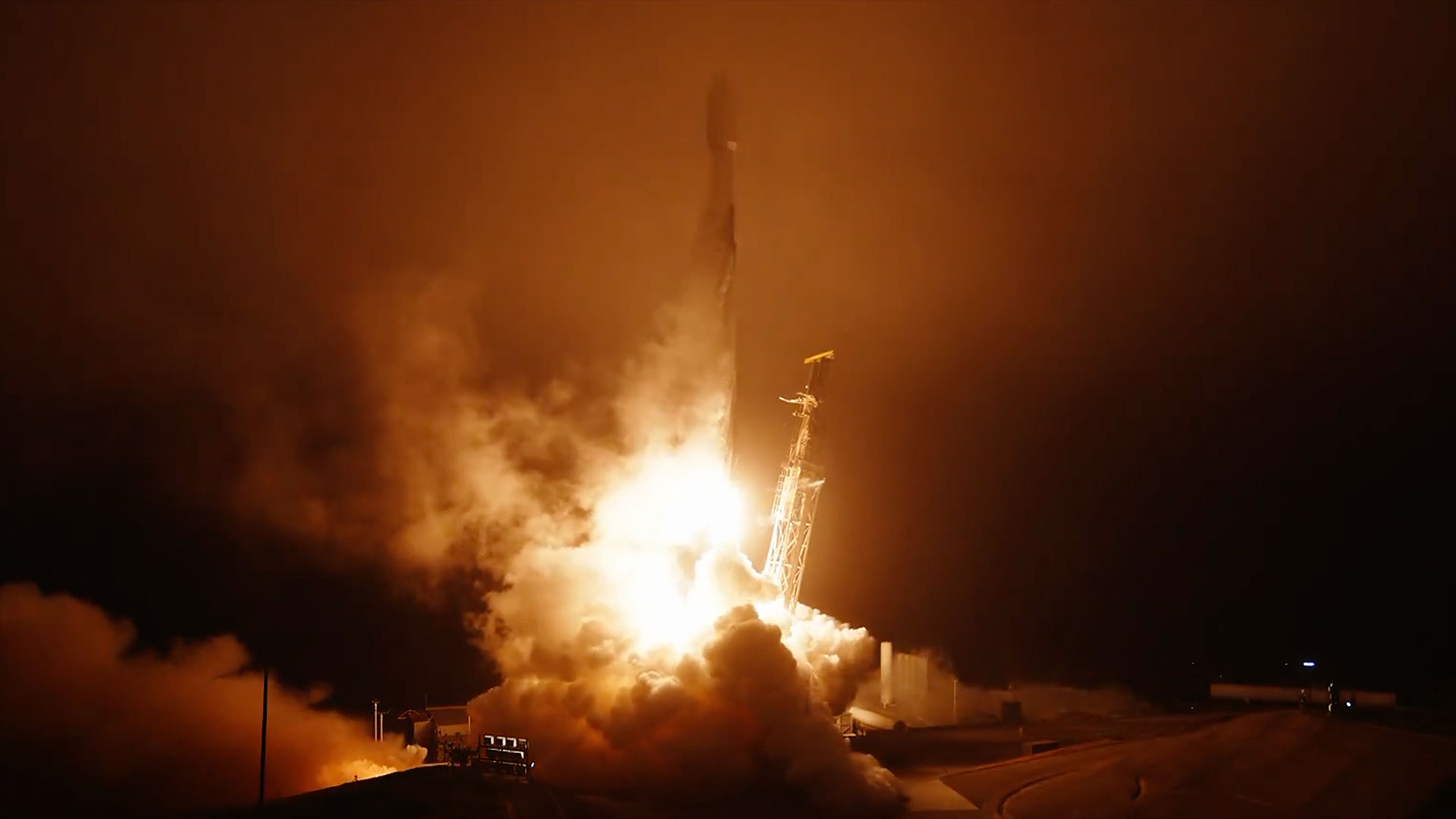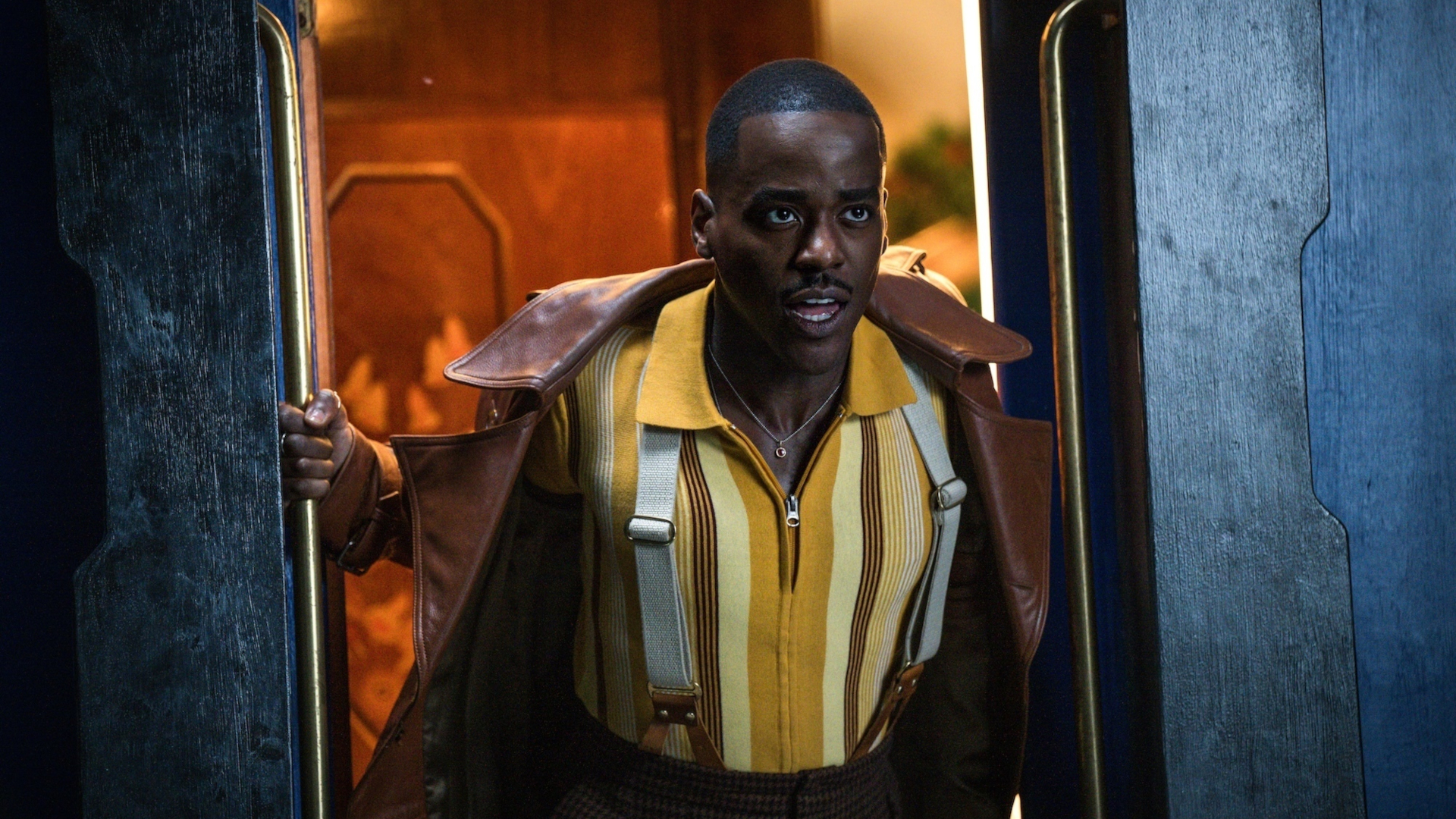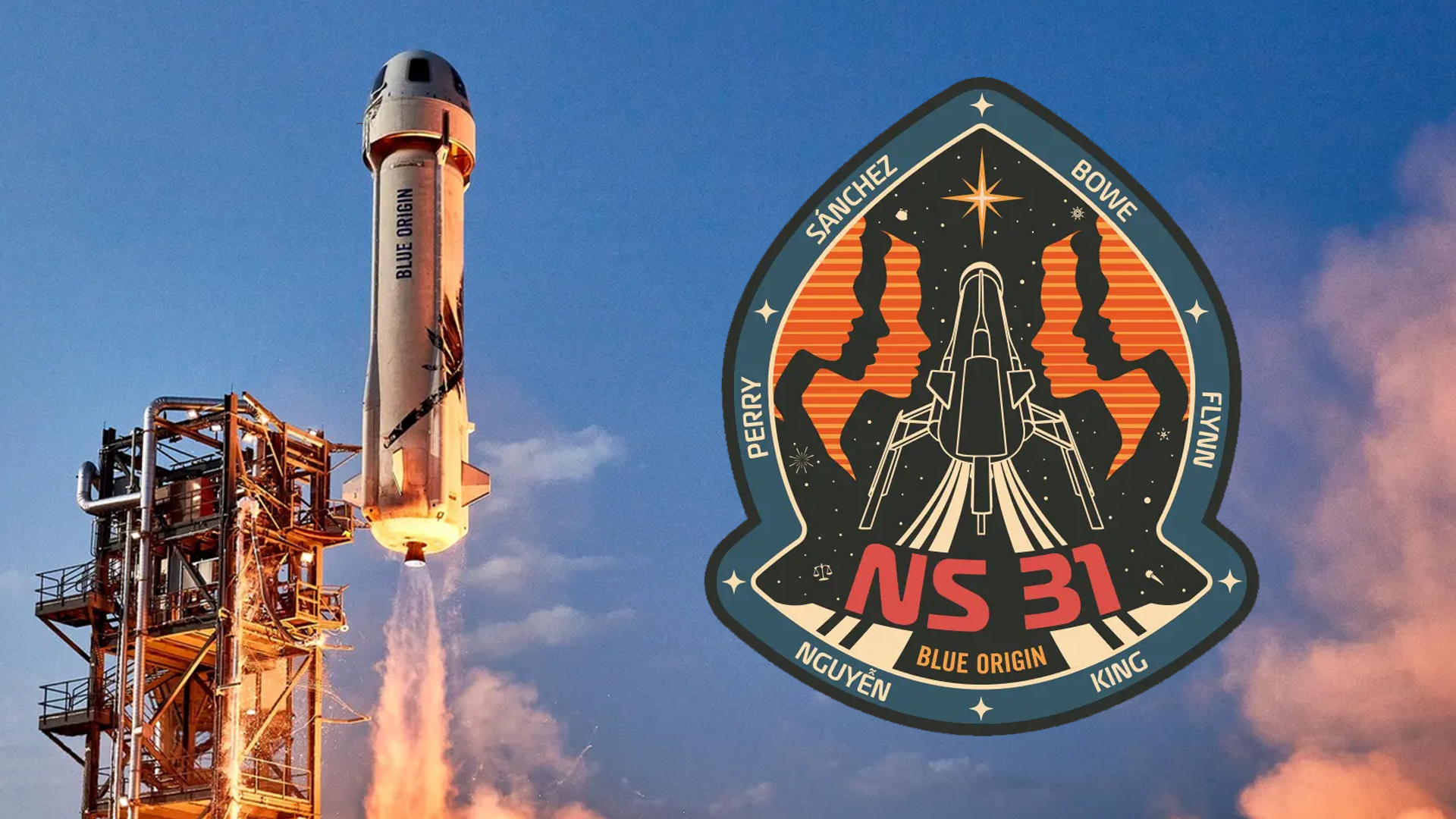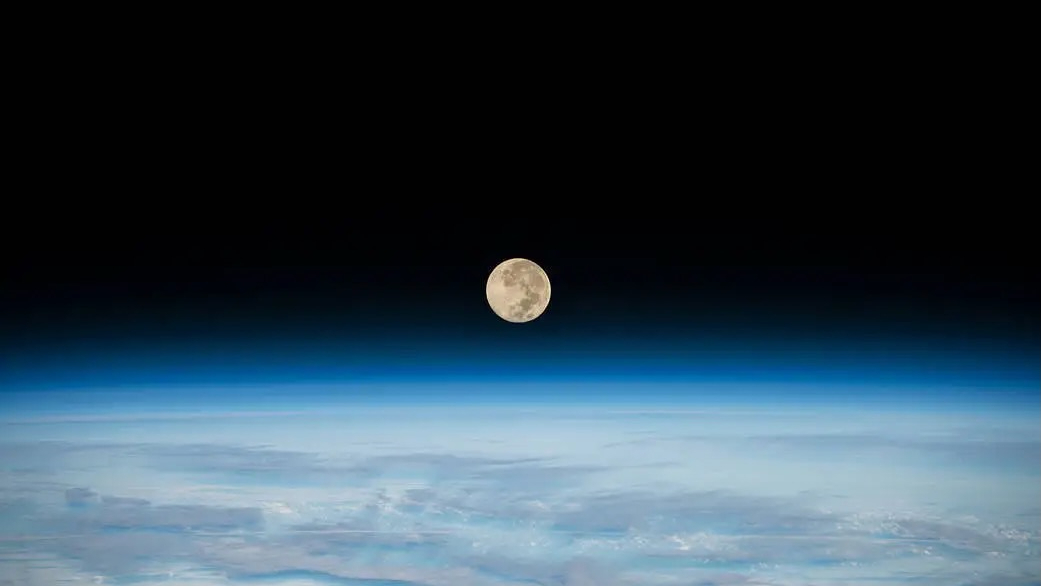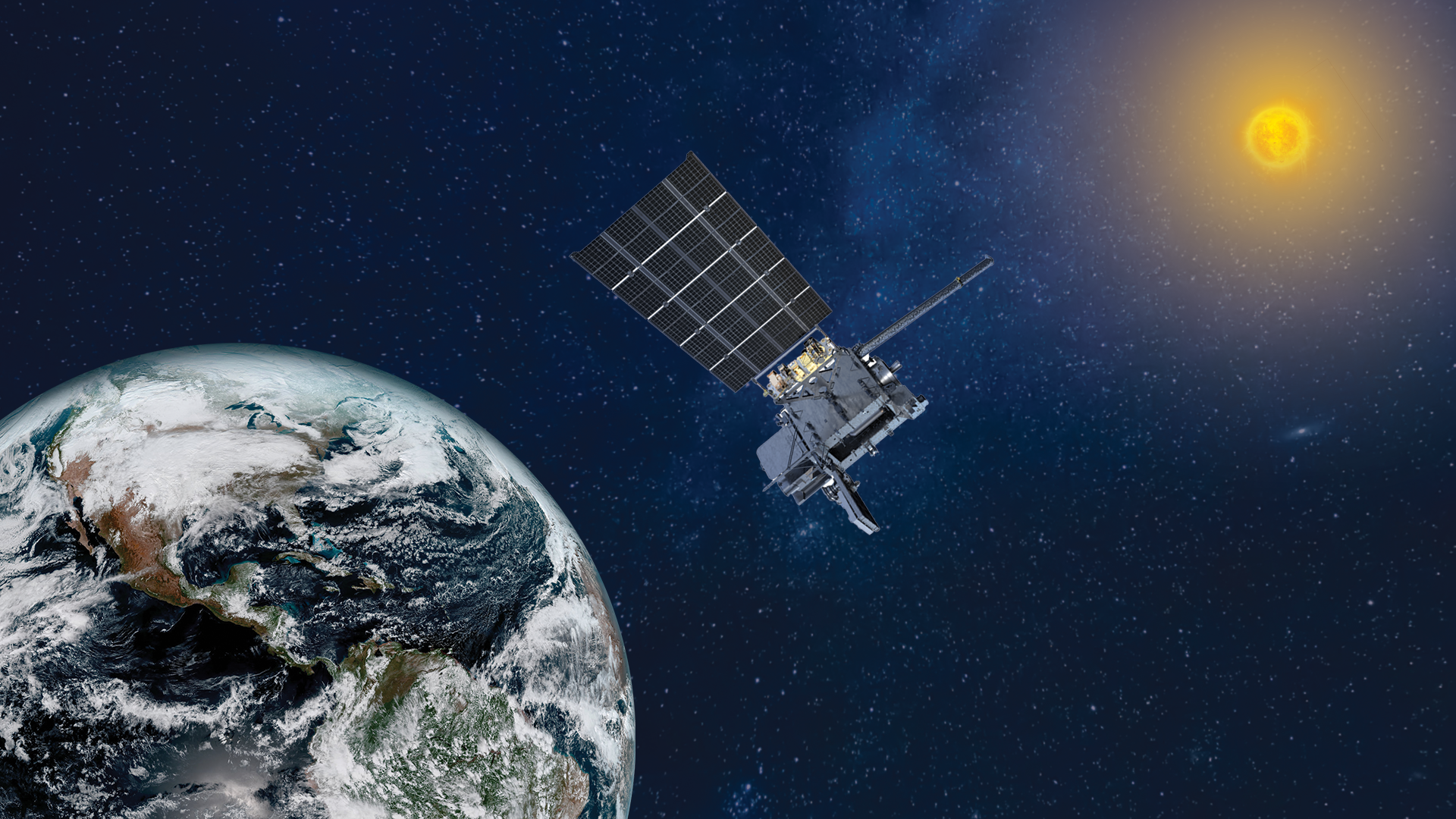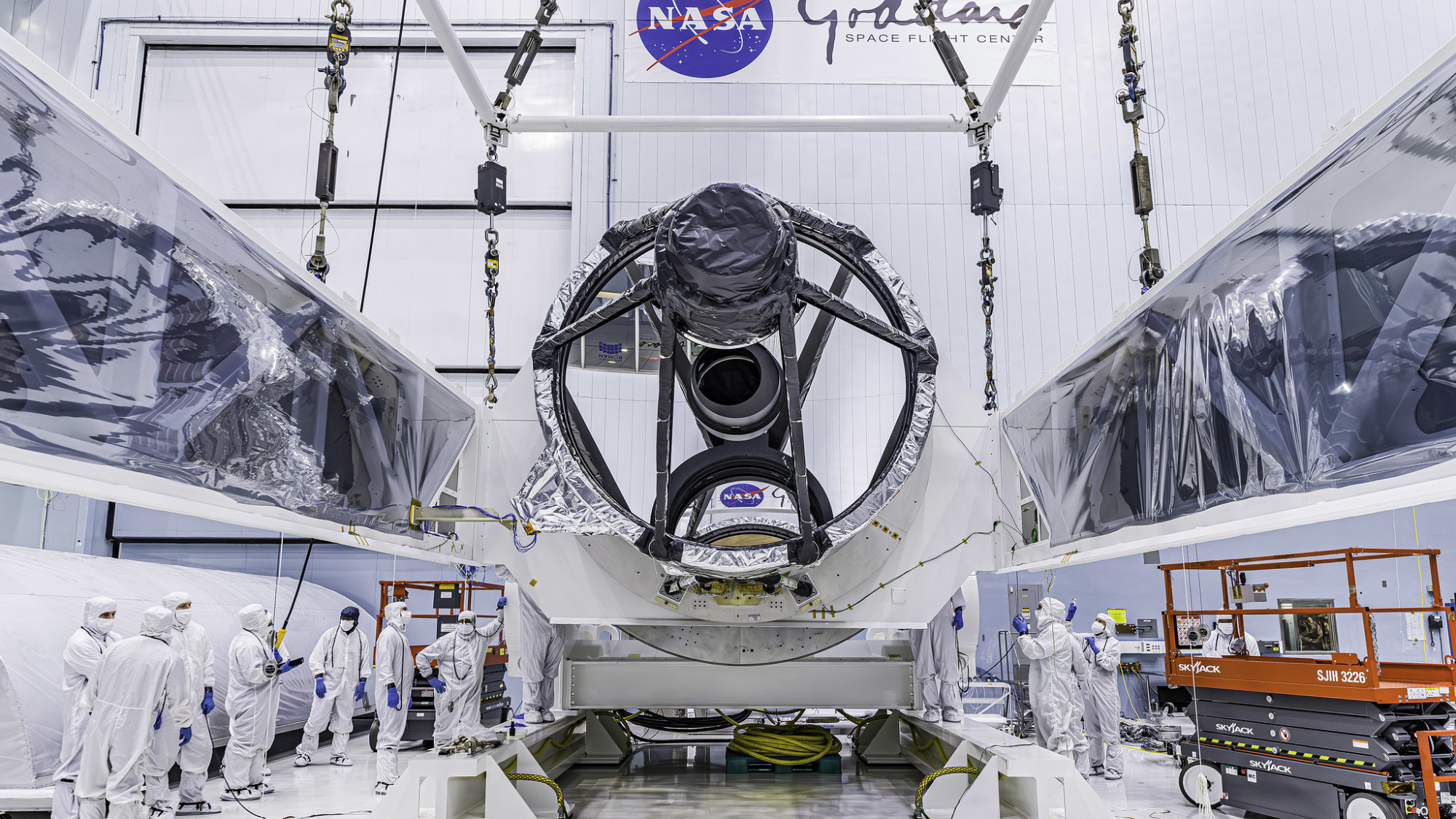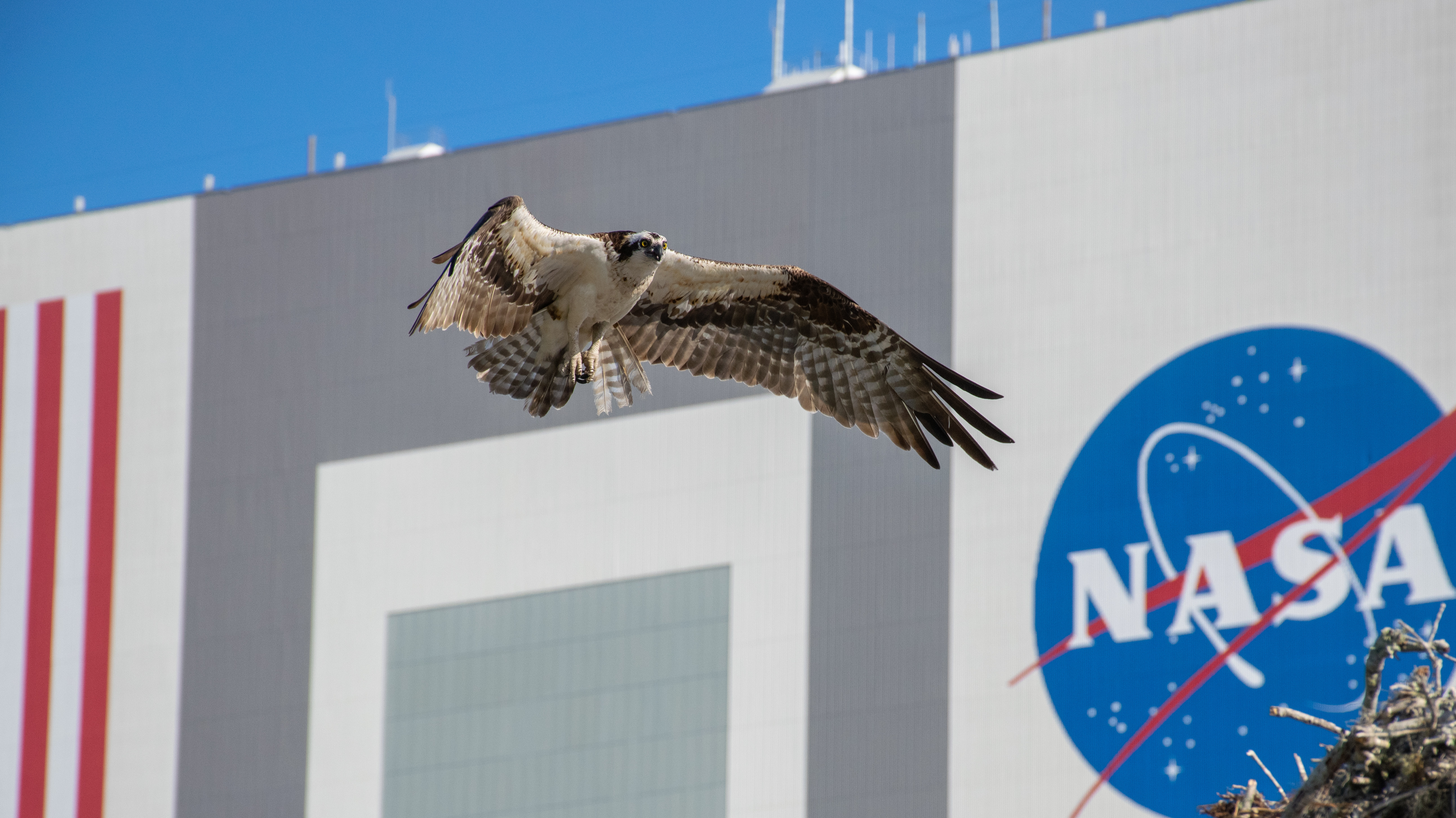Navy SEAL doctor-astronaut launches with cosmonauts on Russian Soyuz to ISS (video)
Jonny Kim earned his trident and stethoscope before launching with Sergey Ryzhikov and Alexey Zubritsky on Tuesday (April 8).
A Navy SEAL, medical doctor and NASA astronaut lifted off for an eight-month mission on the International Space Station — and that was just one of the three crewmembers on the trip into Earth orbit.
Jonny Kim of the United States, together with Russia's Sergey Ryzhikov and Alexey Zubritsky, launched on Tuesday (April 8) as the Soyuz MS-27 crew. Riding atop a Soyuz 2.1a rocket, they ascended from Russia's Baikonur Cosmodrome in Kazakhstan at 1:47 a.m. EDT (0547 GMT or 10:47 a.m. local time).
"I am so proud and excited," said Kim at the crew's pre-launch press conference on Monday (April 7). "We have come together, against all odds, and worked to [depart] on this journey."
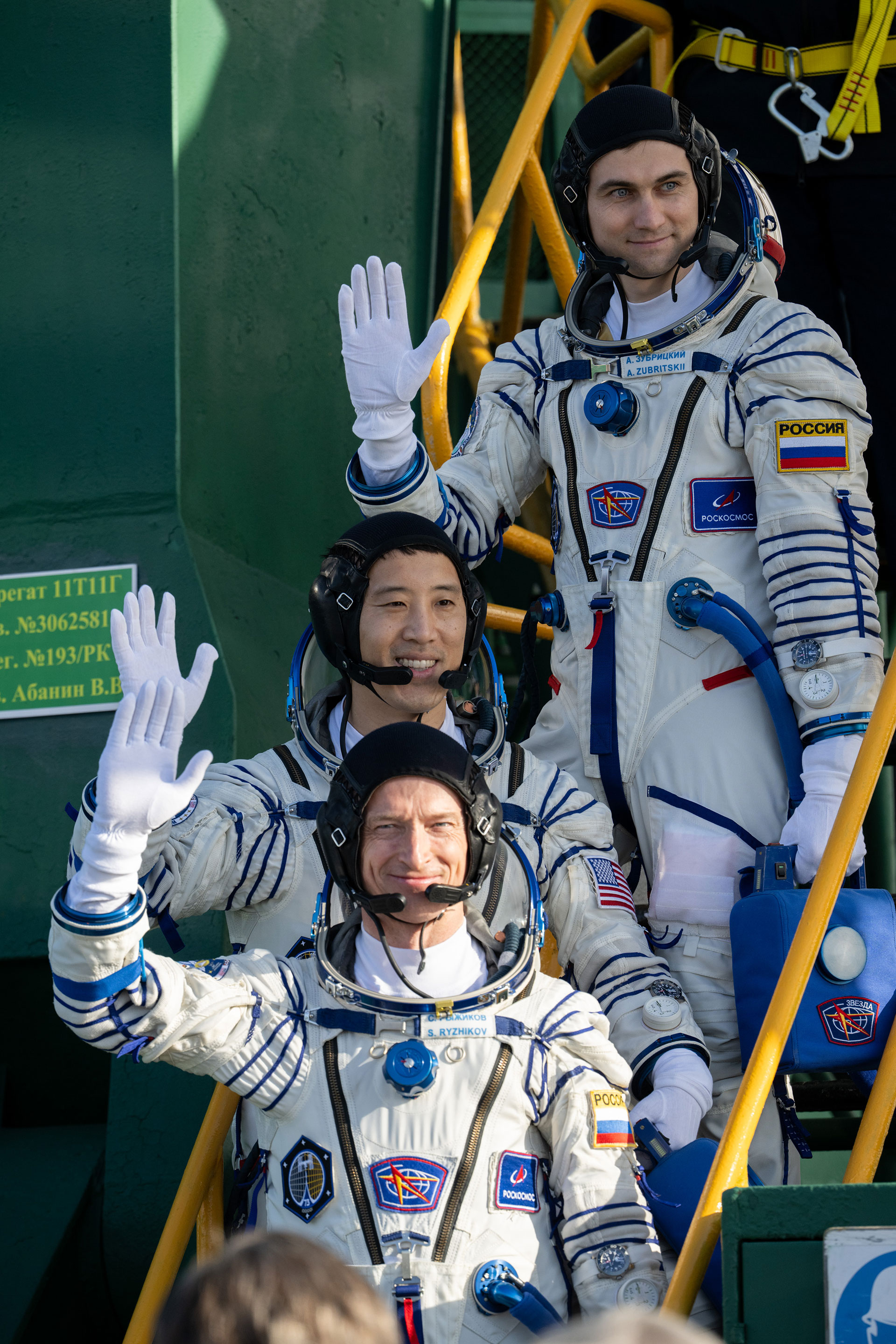
Following a two-orbit rendezvous, Soyuz MS-27 is expected to autonomously dock with the station's Prichal node at about 5:04 a.m. EDT (0904 GMT) on Tuesday.
Related: Baikonur Cosmodrome: Facts about the Russia-run launch complex
Once the hatches are open, Ryzhikov, Zubritsky and Kim will join the Expedition 72 crew, led by cosmonaut Alexey Ovchinin as the station's commander, along with flight engineers Kirill Peskov and Ivan Vagner of the Russian space agency Roscosmos; NASA astronauts Nichole Ayers, Anne McClain and Don Pettit; and Takuya Onishi with the Japan Aerospace Exploration Agency (JAXA).
Ryzhikov, Zubritsky and Kim, together with Ayers, McClain, Peskov and Onishi, will then form the Expedition 73 crew with Onishi in command, when Ovchinin, Vagner and Pettit return to Earth April 19 on board Soyuz MS-26.
Get the Space.com Newsletter
Breaking space news, the latest updates on rocket launches, skywatching events and more!
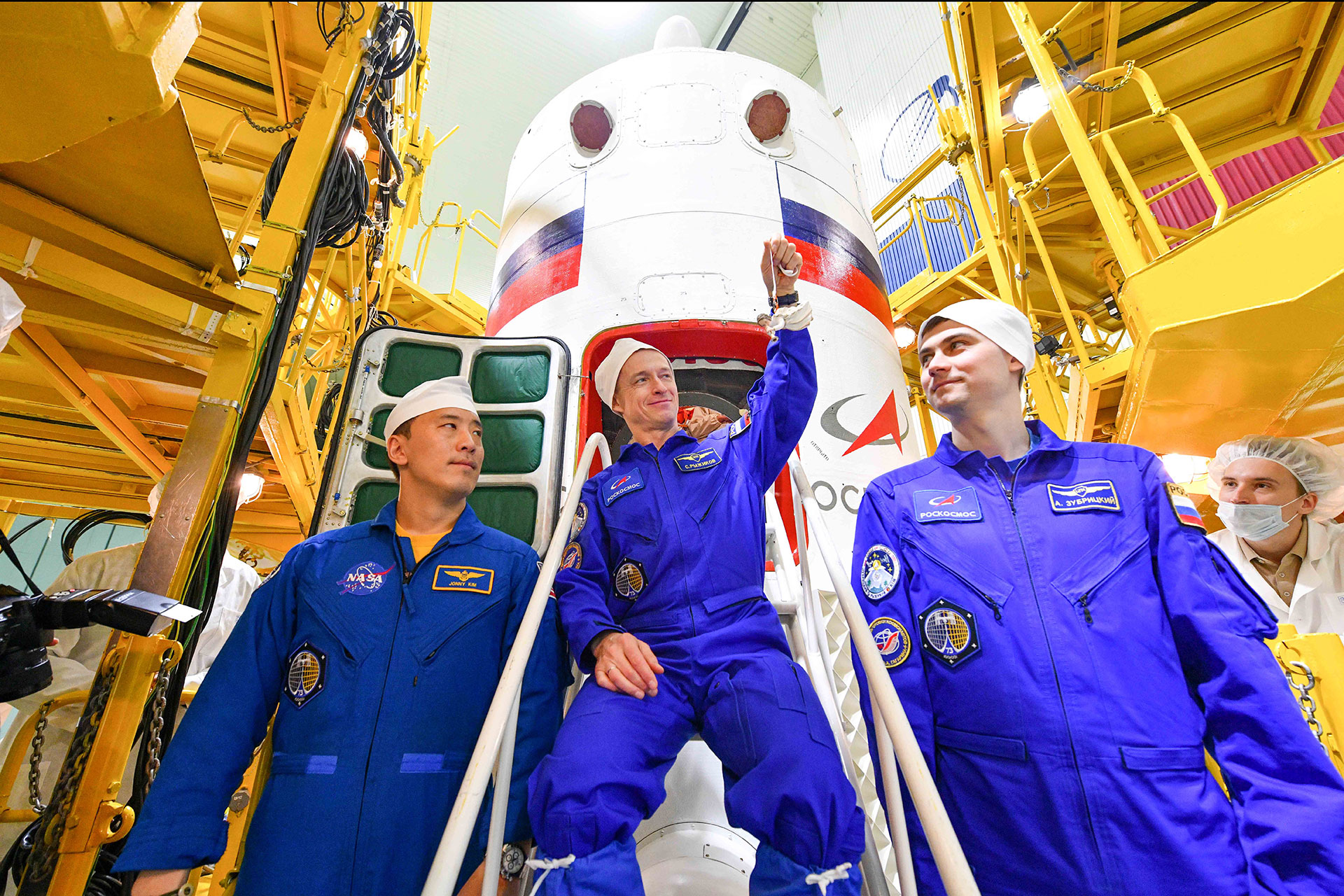
During their time in space together, Ryzhikov, Zubritsky and Kim will help oversee the arrival and departure of visiting cargo vehicles, assist in the upkeep of the station's systems and take part in hundreds of experiments. They may also go out on spacewalks (extravehicular activities, or EVAs), including two EVAs planned by Russian flight controllers to deploy experiments and U.S.-planned outings to continue the upgrade of the station's solar arrays and service the Alpha Magnetic Spectrometer (AMS), a particle physics detector.
"I really hope that I get to contribute to a spacewalk," said Kim while answering media questions live on NASA's streaming service. "I think physically that is one of the harder things that we get to do, and I am very interested in physical and mental challenges."
"It's something that I, as well as a lot of other astronauts, have worked a lot ... to prepare for, and so hopefully I can put that training to use," he said.
That Kim, 41, is attracted to physical and mental challenges speaks to his background as a U.S. Navy SEAL and a medical doctor. This is his first spaceflight since being selected to become a NASA astronaut with the agency's 22nd class of astronauts in 2017.
"I am seen as maybe unique, but I am with an entire class of amazing people with amazing backgrounds. And when I think of my personal background, I just think of myself being in the right place at the right time and having opportunities that anyone else would have grabbed if they were in those same shoes," Kim said in an interview with collectSPACE.com.
Kim is the third SEAL to become an astronaut, and all three will have now served on the International Space Station. William "Bill" Shepherd led the station's first expedition crew in 2000, and Chris Cassidy's second of two long-duration stays concluded just before the orbiting outpost marked 20 years of continuous human occupancy. Kim will be in space for the start of the 25th year on Nov. 2, 2025.
"John F. Kennedy, who was responsible for initiating our race to the moon, is also the same president who commissioned the United States Navy Seals in 1962. It means a lot to me to be a part of that," said Kim. "I certainly hope to follow in the tradition that Bill started and Chris continued."
Related: Photos: John F. Kennedy's NASA legacy
Ryzhikov, 50, is returning for a third stay on the ISS. A pilot in the Russian Air Force, he became a cosmonaut in 2006 and then was part of the expedition 49/50 and 63/64 station crews. He began this flight having already logged 358 days off the planet.
Zubritsky, 32, is on his first space mission. Selected to train as a cosmonaut in 2018, he will be the sixth cosmonaut to serve as a "special correspondent" for the Russian state-run news agency TASS during his time in Earth orbit.
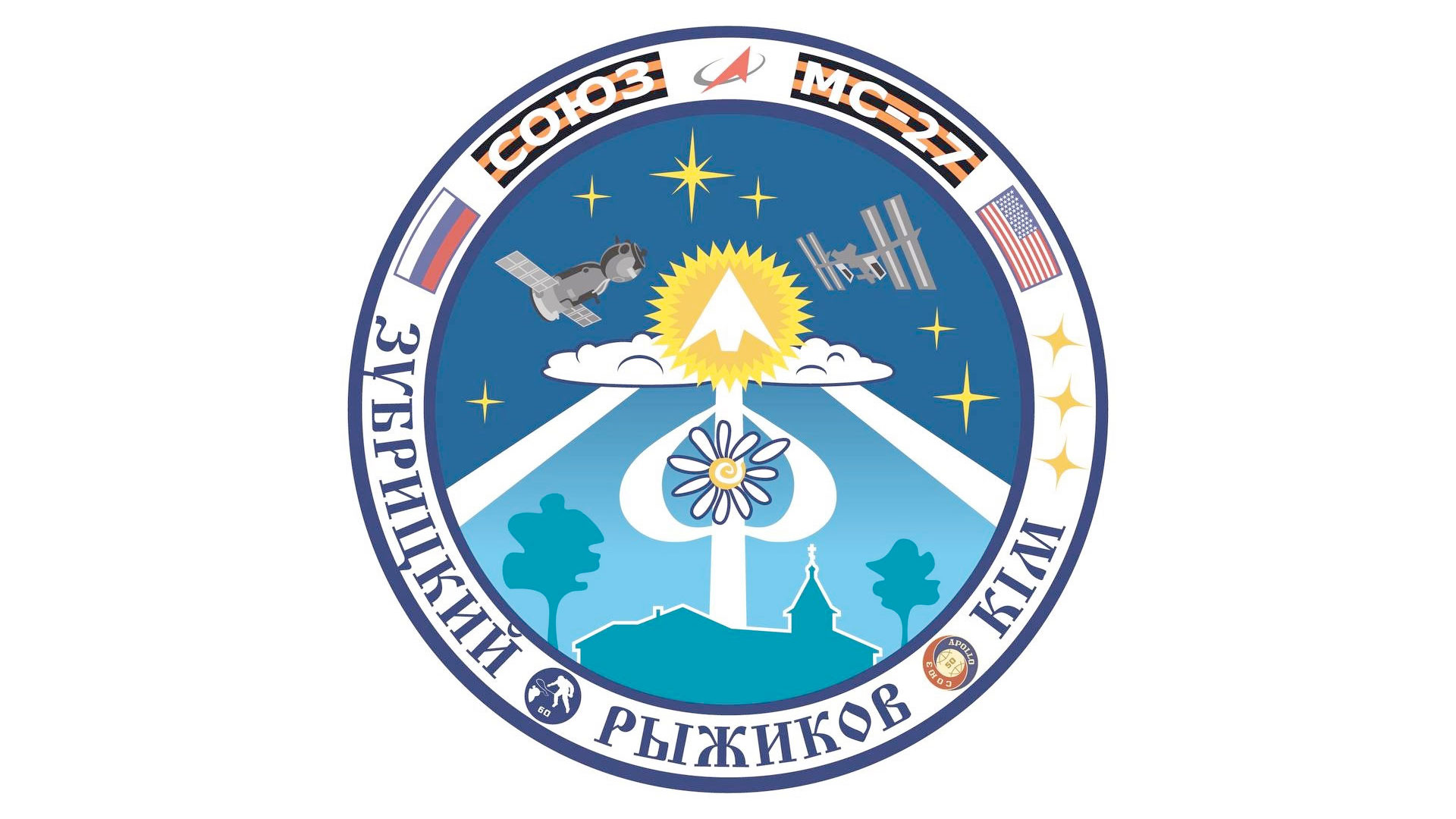
The Soyuz MS-27 crew, led by commander Ryzhikov, is flying under the call sign "Favor." Their zero-gravity indicator was a small angel holding a horn, and their crew insignia includes two nods to spaceflight anniversaries: 60 years since the world's first spacewalk in March 1965, and 50 years since the first joint mission between the U.S. and Russia, the Apollo-Soyuz Test Project, in July 1975.
"Soyuz is a Russian word for 'union.' It's also the name of their space vehicle, and I think it's the perfect word to describe the collaboration that we've had between our two countries for many, many decades, and certainly for the entire existence of the space station," said Kim in a media interview. "At the end of the day, we are all humans doing our parts, trying to make this world a better place."
Soyuz MS-27 is Russia's 73rd spacecraft in its class to launch for the station since 2000 and the 156th Soyuz to fly since 1967.
Follow collectSPACE.com on Facebook and on X at @collectSPACE. Copyright 2025 collectSPACE.com. All rights reserved.
Join our Space Forums to keep talking space on the latest missions, night sky and more! And if you have a news tip, correction or comment, let us know at: community@space.com.
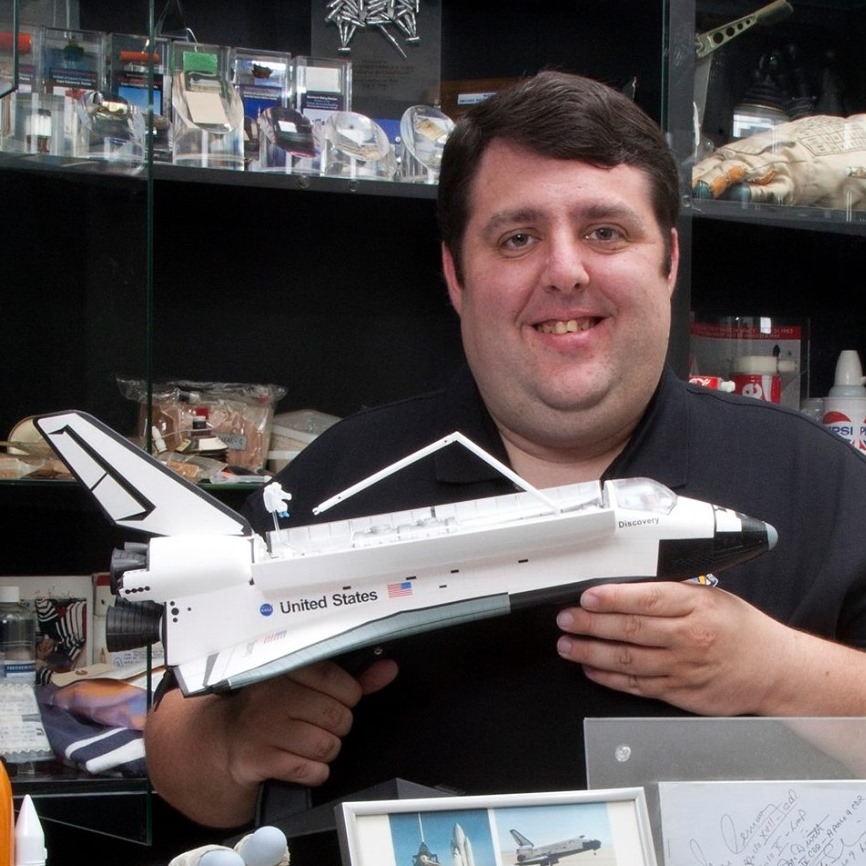
Robert Pearlman is a space historian, journalist and the founder and editor of collectSPACE.com, a daily news publication and community devoted to space history with a particular focus on how and where space exploration intersects with pop culture. Pearlman is also a contributing writer for Space.com and co-author of "Space Stations: The Art, Science, and Reality of Working in Space” published by Smithsonian Books in 2018.In 2009, he was inducted into the U.S. Space Camp Hall of Fame in Huntsville, Alabama. In 2021, he was honored by the American Astronautical Society with the Ordway Award for Sustained Excellence in Spaceflight History. In 2023, the National Space Club Florida Committee recognized Pearlman with the Kolcum News and Communications Award for excellence in telling the space story along the Space Coast and throughout the world.
You must confirm your public display name before commenting
Please logout and then login again, you will then be prompted to enter your display name.

